
Caring for Loved Ones with HEART DISEASE
This book represents reference material only. It is not intended as a medical manual, and the data presented here are meant to assist the reader in making informed choices regarding health. This book is not a replacement for treatment(s) that the readers personal physician may have suggested. If the reader believes he or she is experiencing a medical issue, professional medical help is recommended. Mention of particular products, companies, or authorities in this book does not entail endorsement by the publisher or author.
Published by Rowman & Littlefield
An imprint of The Rowman & Littlefield Publishing Group, Inc.
4501 Forbes Boulevard, Suite 200, Lanham, Maryland 20706
www.rowman.com
86-90 Paul Street, London EC2A 4NE, United Kingdom
Copyright 2022 by Jignesh Shah
All rights reserved. No part of this book may be reproduced in any form or by any electronic or mechanical means, including information storage and retrieval systems, without written permission from the publisher, except by a reviewer who may quote passages in a review.
British Library Cataloguing in Publication Information on file
Library of Congress Cataloging-in-Publication Data
Names: Shah, J, 1973 author.
Title: Caring for loved ones with heart disease / J Shah, MD.
Description: Lanham : Rowman & Littlefield, 2022. | Includes bibliographical references and index.
Identifiers: LCCN 2021040418 (print) | LCCN 2021040419 (ebook) | ISBN 9781538162323 (cloth) | ISBN 9781538162330 (epub)
Subjects: LCSH: HeartDiseasesPatients. | HeartDiseasesPatientsCare.
Classification: LCC RC682 .S43 2022 (print) | LCC RC682 (ebook) | DDC 362.1/9612dc23
LC record available at https://lccn.loc.gov/2021040418
LC ebook record available at https://lccn.loc.gov/2021040419
 The paper used in this publication meets the minimum requirements of American National Standard for Information SciencesPermanence of Paper for Printed Library Materials, ANSI/NISO Z39.48-1992.
The paper used in this publication meets the minimum requirements of American National Standard for Information SciencesPermanence of Paper for Printed Library Materials, ANSI/NISO Z39.48-1992.
This book is dedicated to the millions of family members, friends, neighbors, and professionals who provide care and support to people with heart disease.
CONTENTS
Guide
T his book is intended for caregivers whose loved ones have been diagnosed with heart disease. It is written for readers with all levels of familiarity with heart disease and the related tests and treatments. Caring for Loved Ones with Heart Disease contains a series of questions that caregivers most commonly have while looking after their loved ones. If you have a question, it is likely that others in your situation have had the same question and is included in this book along with answers.
It is recommended that you begin by familiarizing yourself with each section of the book. Reading and understanding will help you familiarize yourself with terms that your health care team will use frequently. The figures provided will give you a visual reference that will be useful throughout this journey.
will build upon this by explaining various heart conditions as well as tests and treatments that a heart patient may undergo. You can use the above chapters to get better acquainted with the language as well as the process of care in heart disease. By learning about this beforehand, you will understand the information that the health care team will provide and be able participate in the decision-making process. It will also help you take better care of the person before and after heart-related tests and procedures.
addresses the critical issue of taking care of yourself on this long journey with your loved one. It will provide you with tools to organize and coordinate the care of your loved one so as to provide best care for him or her while caring for yourself.
discusses the delicate conversation regarding goals of care including end-of-life care for your loved ones. It provides you with tips and tools for getting paperwork in order so that the treatment path follows the wishes of the person rather than the vagaries of the system.
addresses the subjects of exercise, diet, and weight-related issues in heart disease. It will equip you with pertinent information that may not be discussed adequately at the doctors office. The chapter will also guide you to ensure physical and emotional safety of your loved one.
Medications are the cornerstone of care for patients with heart disease. Safe and appropriate use of medicines will increase the life span of many patients with heart disease, but medication error could create a dangerous situation. offers you an overview of medication management and medication safety. It further offers you the answers to many questions regarding specific medicines used in heart disease.
Your health care team will have many members from various settings including clinics, hospitals, and other locations. Each member will have specialized knowledge in their field. Knowing their expertise and roles, as described in , will help you seek out the right expert for the questions that you may have. This will decrease the frustration that many caregivers endure trying to get answers they need to provide care to their loved ones. It will also give you an opinion from a true expert in that field.
provides worksheets to help you gather the information a caregiver needs to have on hand so as to facilitate seamless care through an otherwise fragmented health care system.
Some chapters will be relevant to your situation now, while others may inform future situations and decisions. You may decide to read cover to cover, or you may skip around according to your current needs. Research has found that people who use resources like this book or other information material are more confident in handling medical issues.
When you encounter a new problem, be sure to check the book for guidance. For problems you encounter often, review the relevant section of this book and bookmark pages for reference.
You may also find it useful to review sections of the book for potential problems that may occur. Some readers may want to review the information in before visiting a health care provider to refamiliarize themselves with the heart and its workings. All of this is a good way to increase your confidence and be prepared for the current and possible future situations. The successful use of this book will be indicated by bookmarks and sticky notes you scatter through various sections of this book for ready reference. More enthusiastic readers may personalize it by adding their own notes on the sides.
The recording sheets and checklists can be photocopied or torn out for use. Remember to have them handy when you communicate with health care providers.
Some of the information in the book may appear repetitious. It is partly done to highlight and stress the important information and partly to enable readers who read selective sections to still have a complete grasp of the necessary information. Hopefully, you will find that this strategy leads to better understanding of material covered, regardless of the way in which you decide to use this book.
T his book, as all endeavors of an individual, is a team effort. My team included patients; their family members; nurses, nurse practitioners, and doctors specializing in heart conditions; and case managers and social workers in many hospitals I have had the privilege to work in. I am especially grateful for my family and friends who have made me the person I have become and the doctor I yearn to be day after day.
Next page

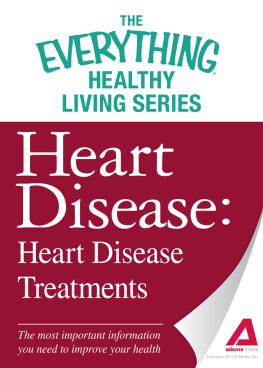
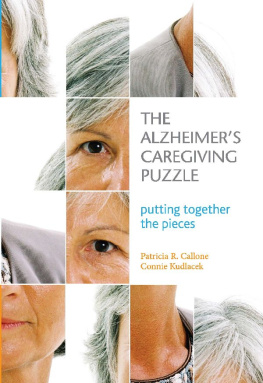
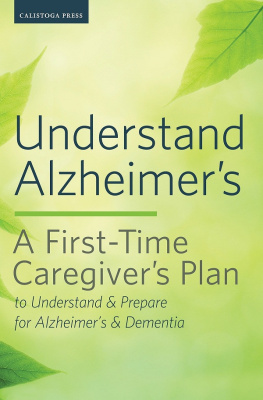
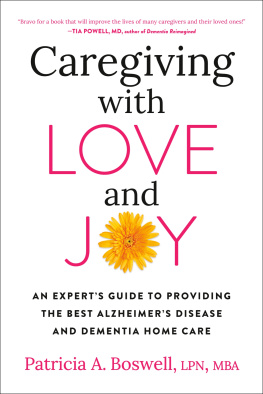

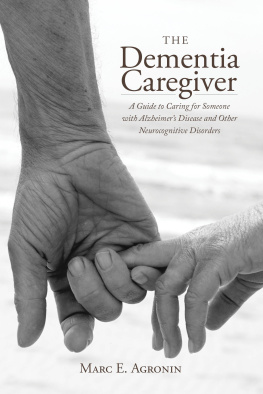

 The paper used in this publication meets the minimum requirements of American National Standard for Information SciencesPermanence of Paper for Printed Library Materials, ANSI/NISO Z39.48-1992.
The paper used in this publication meets the minimum requirements of American National Standard for Information SciencesPermanence of Paper for Printed Library Materials, ANSI/NISO Z39.48-1992.